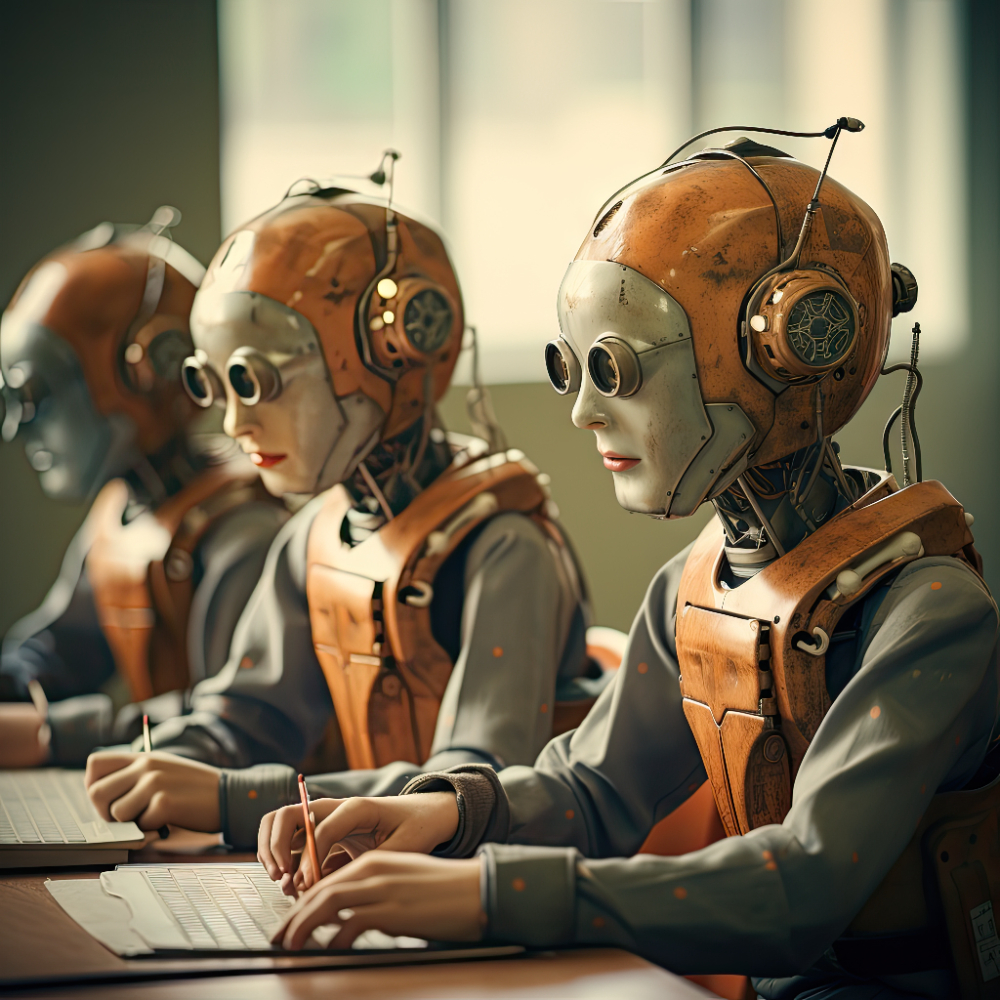
Multi-Agent Systems: The Future of Collaboration in Artificial Intelligence
Imagine a soccer team where each player is a specialist: a quick goalkeeper, experienced defenders, and strikers who know exactly how to score goals.
Now, imagine we’re solving complex problems with artificial intelligence instead of playing soccer.
This is how Multi-Agent Systems (MAS) work — each AI agent has a unique specialty, all working together toward a common goal.
Unlike a single, all-knowing AI, MAS is like assembling a “dream team” of specialized agents, each with skills and unique ways of understanding problems. They’re not lone wolves; they’re adaptive teams solving challenges more efficiently and resiliently.
Why Is a Team of Specialists Better Than a Superhero?
Think of a complex programming problem. Is it better to have a generalist AI try to solve everything or a team of specialists focused on different aspects? The answer is clear: specialists solve faster and more effectively. This is the essence of MAS: divide and conquer.
Benefits of Multi-Agent Systems
Specialists working together are faster than one generalist doing it all.
New tasks? Just add a new agent or adjust the existing ones, like a team recruiting players as needed.
If one agent fails, others keep the system stable. It’s like a soccer game where the team continues even if one player is injured.
Each agent has a clear role, so contributions are trackable for better decision-making.
Working with multiple agents allows tackling larger and more complex problems.

MAS in Real World: Where Are They Active?
Multi-Agent Systems are already used across industries:
AI agents optimize energy demand, ensuring stable supply even with renewables.
Autonomous robots with specialized skills work together in rescue missions.
Companies use multiple chatbots to efficiently respond to customer inquiries, directing each to the right “specialist.”
Managing traffic in complex networks, like railways or big cities, with agents communicating to optimize flow.
How Multi-Agent Systems Works
Each agent in a MAS has:
- Knowledge Base: Internal data relevant to its task.
- Capabilities: Actions related to its specialty.
Agents operate in an environment where they interact to perform tasks. For effective collaboration, they need to:
- Interact: Like in a team, communication is essential for coordination.
- Organizational Structures: Can be centralized, decentralized, or hierarchical, depending on the best way to organize tasks:
- Centralized: A leader agent coordinates others, efficient but vulnerable if the leader fails.
- Decentralized: Agents communicate among themselves, creating a resilient but harder-to-coordinate network.
- Hierarchical: Roles are defined with a clear command flow.
MAS and Nature
This concept has always existed in the world. Many MAS systems draw inspiration from nature:
Like birds flying in formation, agents synchronize for a common goal.
Agents follow simple rules, creating complex behavior, like ants in a colony.
The Future of Multi-Agent Systems
With Large Language Models (LLMs) advancing, we can expect more sophisticated AI agents capable of tasks we can barely imagine today. The future of MAS lies in optimizing supply chains, personalizing medical treatments, and maybe even uncovering the universe’s mysteries.
Challenges and Considerations
Despite their potential, MAS also pose challenges:
- Agent Failures: A malfunctioning agent can affect the whole system, requiring safety mechanisms.
- Coordination Complexity: With many agents, keeping them coordinated is challenging.
- Unpredictable Behavior: Decentralized networks can lead to conflicts and unpredictable behavior.
Lessons We Can Learn from MAS
Multi-Agent Systems are reshaping AI and teaching us about complex systems in general. Understanding how AI agents collaborate provides valuable lessons in communication, structure, and conflict resolution — applicable in both digital and human realms.
Did you enjoy learning about Multi-Agent Systems?
Leave a comment with your thoughts or experiences! Let’s explore the future of artificial intelligence together.”

Murillo Melo
CEO do Dialogi
Author
FAQ
MAS are AI systems where each agent has a unique specialty, working together towards a common goal, similar to a team of experts collaborating to solve complex problems.
MAS provide efficiency, flexibility, resilience, transparency, and scalability, allowing specialized agents to tackle large and complex problems more effectively.
MAS are applied in smart grids, disaster rescue operations, customer service, and transportation to optimize tasks and improve coordination.
Dialogi AI
Find out how our solutions with empat. AI can revolutionize customer service in your business.
Recent Post
- All Posts
- Customer Experience
- Design and Communication
- Ethics and Society
- Evolution and Impact of AI
Categories
Tags
Dialogi | AI | Human-Machine Interaction | Virtual Assistants | Automation | Future of Technology | Digital Communication




